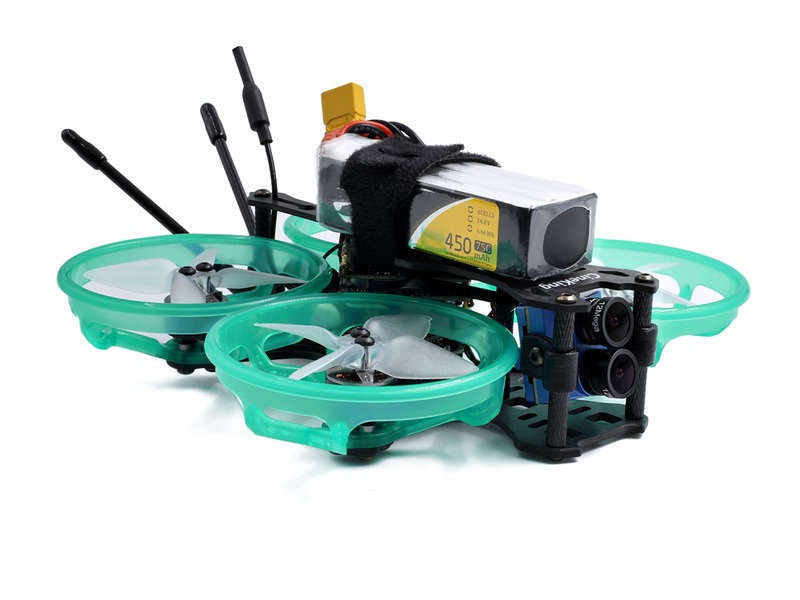Is drone racing real or virtual?

Drone racing is an exciting and rapidly growing sport that has been gaining popularity in recent years. Drone racing combines the thrill of speed and agility with the challenge of navigating an obstacle course. Drone racing can be either real or virtual, depending on the type of race and the equipment used.
Real drone racing is a sport that involves flying a drone through a physical course. The course typically consists of gates, hoops, and other obstacles that the drone must navigate in order to complete the race. Real drone racing is usually done in an outdoor area, such as a field, park, or other large open space. The drones used in real drone racing are typically custom-built for the sport and are equipped with special cameras and other features that allow the pilot to see the course from the drone's perspective.
Virtual drone racing is a sport that involves flying a drone through a virtual course. The course is usually designed using a computer program and is then projected onto a large screen or monitor. The pilot then uses a controller to fly the drone through the virtual course. Virtual drone racing is usually done indoors, such as in a gymnasium or other large indoor space. The drones used in virtual drone racing are usually off-the-shelf models, as they do not need to be customized for the sport.
Both real and virtual drone racing have their own unique challenges and advantages. Real drone racing is more physically demanding, as the pilot must be able to maneuver the drone through the course quickly and accurately. Virtual drone racing is more mentally challenging, as the pilot must be able to think quickly and strategize in order to complete the course. Both types of drone racing require skill and practice in order to be successful.
In conclusion, drone racing can be either real or virtual, depending on the type of race and the equipment used. Real drone racing is more physically demanding, while virtual drone racing is more mentally challenging. Both types of drone racing require skill and practice in order to be successful.
Comments / Question
2. Pilots must abide by all local, state, and federal laws and regulations as they relate to flying drones.
3. All drone pilots must be at least 18 years of age and have a valid pilot’s license.
4. Races must be conducted in an open field or designated area free of obstacles.
5. All drones must pass a safety inspection prior to the race.
6. All drones must have their own dedicated frequency and must not interfere with other pilots’ frequencies.
7. All drones must remain within the designated race course.
8. No unauthorized modifications of drones or their components are allowed.
9. All drones must be powered by clean, reliable, and safe power sources.
10. No pilot may intentionally interfere with or endanger other pilots or persons.
11. All pilots must respect the privacy of all persons, buildings, and property.
- Ensuring that all participants and spectators are wearing the appropriate safety gear, such as helmets, protective clothing, and safety glasses.
- Making sure that the event area is free of any hazards, such as sharp objects or uneven surfaces.
- Having a designated medical team on site in case of any injuries.
- Having a designated security team to monitor the event and ensure that all participants and spectators are following the rules.
- Ensuring that all participants and spectators are aware of the rules and regulations of the event.
- Having a designated emergency response team on site in case of any emergencies.

